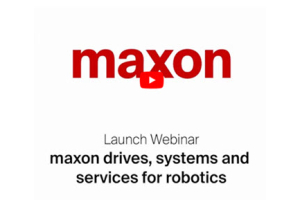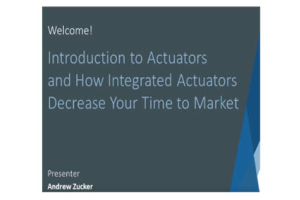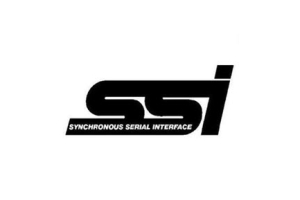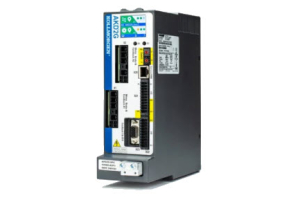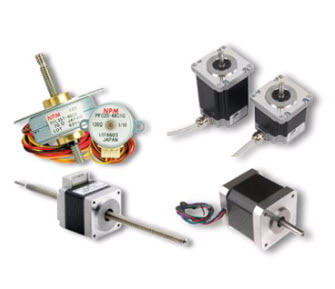
A Step Motor is a motor with windings in the stator and permanent magnets attached to the rotor. It provides fixed mechanical increments of motion; these increments are referred to as steps and are generally specified in degrees.
A step motor, in conjunction with a stepper drive, rotates in predefined angles proportional to the digital input command (stepper) pulses. A typical full-step system achieves 200 steps per revolution, this equates to 1.8º per full step.
STEPS/REVOLUTION
Steps per revolution equals 360° divided by step angle (0.9°, 1.8°, 3.75°, 7.5° and 15°) when the motors are driven in full-step excitation mode.
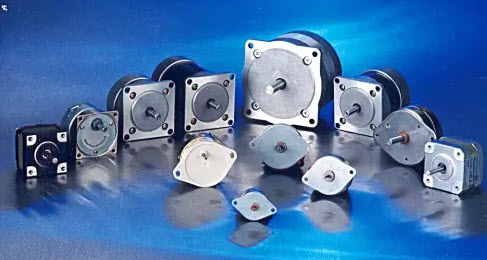

- 0.9° = 400 steps/rev
- 1.8° = 200 steps/rev
- 7.5° = 48 steps/rev
- 15° = 24 steps/rev
ADVANTAGES/DISADVANTAGES
There are several advantages of using stepper motors. Step motors provide acceleration torque equal to running torque and require no maintenance. Speed can easily be determined and controlled by remembering speed equals steps per revolution divided by pulse rate. Stepper motors can also make fine incremental moves and do not require a feedback encoder (open loop). Stepper motors also have fast acceleration capability and have non-cumulative positioning error. Along with excellent low speed/high torque characteristics without gear reduction, stepper motors can also be used to hold loads in a stationary position without creating overheating.
Disadvantages of step motors include: loss of synchronization resulting position error, resonance affecting motor smoothness, limited operation at high speeds, running hot, and can stall with excessive loads.
TYPES OF STEPPER MOTORS
- Variable Reluctance: Has teeth on the rotor and stator but no rotor permanent magnet.
- Permanent Magnet: Has a permanent magnet for a rotor but no soft iron rotor teeth. Permanent magnet step motors can be subdivided into ‘tin-can or can-stack’ and ‘hybrid’, tin-can (can-stack) being an inexpensive version, and hybrid versions constructed with higher quality bearings, smaller step angle and higher power density.
- Hybrid Synchronous: Combines the magnet from the permanent magnet motor and the rotor and stator teeth from the variable reluctance motor.
ROTARY OR LINEAR STEPPER MOTORS
Step motors can be linear or rotary. Electromate® offers a full line of low-cost short-delivery hybrid rotary step motors from sizes NEMA 8 to NEMA 42, including IP65 rated step motors and stepper gearmotors. Electromate®‘s step motors are available in 4, 6 & 8 lead configurations for bipolar or unipolar operation, and can be wired in series or parallel. All our step motors have optional rear shaft extensions, encoders and gearboxes.
Linear Step Motors are also known as Step Motor Linear Actuators, and have a threaded rod/acme screw in place of a smooth shaft. Linear step motors provide a simple motion system at a fraction of the cost of conventional rotary stepper motors and traditional linear motion systems. Linear step motors offers a wide range of customizable options, including various screw pitches, screw lengths, bipolar or unipolar windings, and several operating voltages.
CLICK HERE to view Electromate’s full family of Stepper Motors.

